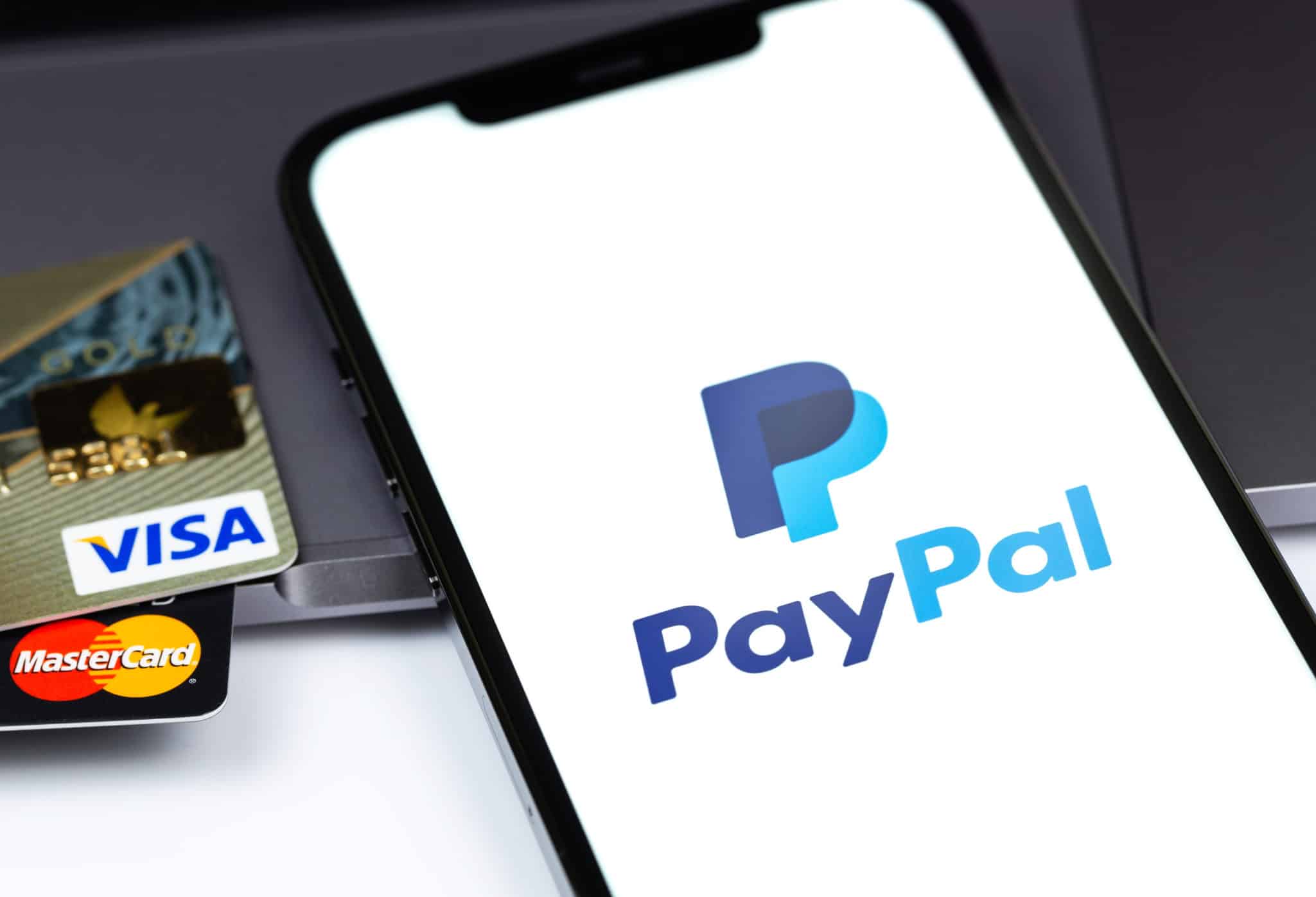Operating as an online seller in the eCommerce space will almost certainly lead to exposure to the use of PayPal for online payments. While a convenient payment processing solution, PayPal is not immune to illegitimate chargebacks that leave business owners perplexed and facing a loss of revenue.
Chargebacks exist as a means of consumer protection, in which fraudulent or unauthorized transactions can be reversed easily. While providing protection for the customer, chargebacks are not protected from being initiated illegitimately against merchants. This includes a variety of PayPal scams, including friendly fraud.
In this article, we’ll take a look at some of the ways in which PayPal chargebacks can be prevented.
Understanding the PayPal dispute process
PayPal has a dispute process that can be used to avoid chargebacks. The difference between chargebacks and disputes on PayPal is that, essentially, disputes are handled by PayPal, while chargebacks result in a reversal of the transaction value by the bank.
However, the dispute process will freeze the transaction value while the dispute is resolved. Twenty days are given by PayPal in which any issues can be resolved between the customer and the business. If unable to come to an amicable conclusion, then PayPal will make the final decision.
As statistics indicate, only 14% of consumers who file a chargeback contact the merchant first; therefore, a large proportion of chargebacks are initiated without an attempt at a resolution. This is where using the PayPal dispute resolution center can help.
How to avoid PayPal Chargebacks
Here are some ways to avoid PayPal chargebacks:
- Communication with customers
One of the most common reasons for a chargeback is due to items not being delivered on time. Sometimes, this can be through no fault of the business. Therefore, it’s imperative that customers are well-informed throughout the sales process.
Unfortunately, there may be some orders that you receive that will have been placed for the sole purpose of it turning into a chargeback. This can range from cases of true fraud or friendly fraud. It is important to keep details for all orders, as this may help at a later stage. Additionally, ensure you’re aware of the latest trends that may be affecting other businesses.
- Analyze buyer’s order information before releasing products
Unfortunately, certain products are at higher risk of fraud, especially expensive items. Therefore, it makes for good practice to ensure that information such as the registered card address and delivery address are not suspicious. If there is a discrepancy, then it may require further analysis before shipping products.
- Use the available data to make better decisions
Leading on from the above point, use the data from previous chargebacks or suspicious orders to implement a system to avoid future cases of chargebacks.
The following customer information can help with this:
- Email addresses - Often spoof Gmail addresses, temporary email addresses and other unusual emails are used to place orders to avoid identification.
- Delivery address - Multiple orders going to the same address and orders going to an address that is a long distance from the card address are causes for concern.
- Contact number - Often, a deadline or a made-up number are used for fraudulent orders. If there are ever concerns about an order, always be sure to contact the customer to question any discrepancies.
Responding to a PayPal Chargeback
In the unfortunate event that a PayPal chargeback is initiated, the following steps will help you to avoid losing out on the chargeback.
Step 1:
In the first instance, attempt to speak to the customer. There may be a misunderstanding or an issue that you can resolve. Through communication, you may be able to get the issue resolved, thus avoiding the chargeback.
Step 2.
Next, review the PayPal Seller Protection Program. Your product may be covered by this service, and it will inform you of what is needed to proceed.
Step 3.
Collect the necessary documents, such as shipping records, tracking information, and communication with the customer. You will need to review the reason for the chargeback to determine the most appropriate evidence to include.
Step 4.
Compile this information into a detailed email to submit as a defense against the chargeback.
Bottom Line
Dealing with Paypal chargebacks can be difficult. Having to compile evidence and defend against chargebacks can result in time being lost in actually managing your business. Added to this is the loss of revenue plus a $20 chargeback fee from PayPal.
However, solutions like Justt offer a far easier and more seamless approach. Using unrivaled machine-learning technology combined with human know-how, you can be assured that you have an extra defense in place against the unnecessary loss of revenue through chargebacks.









